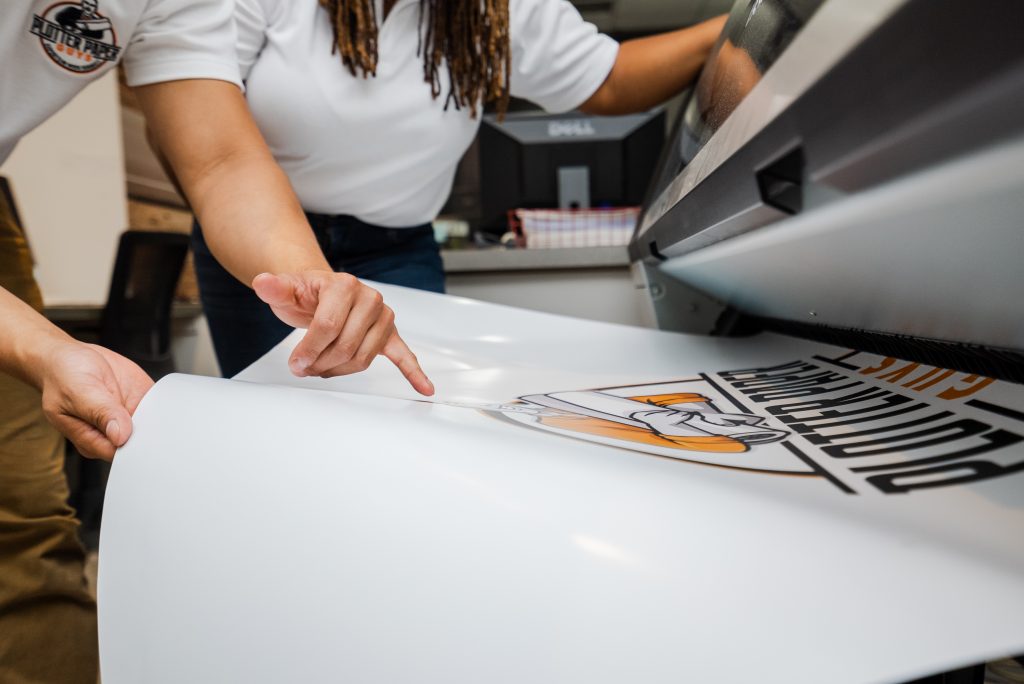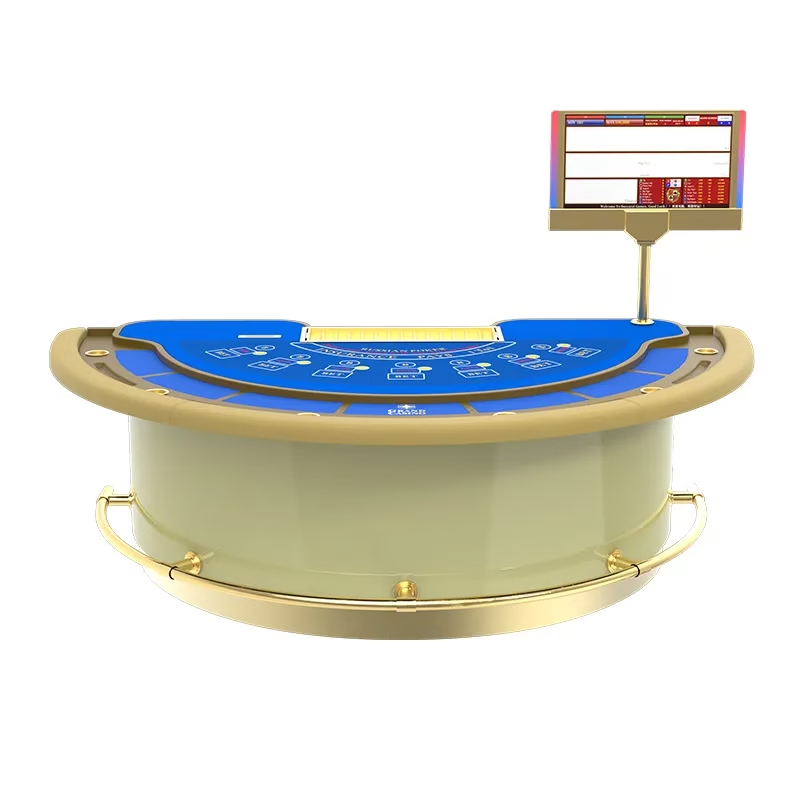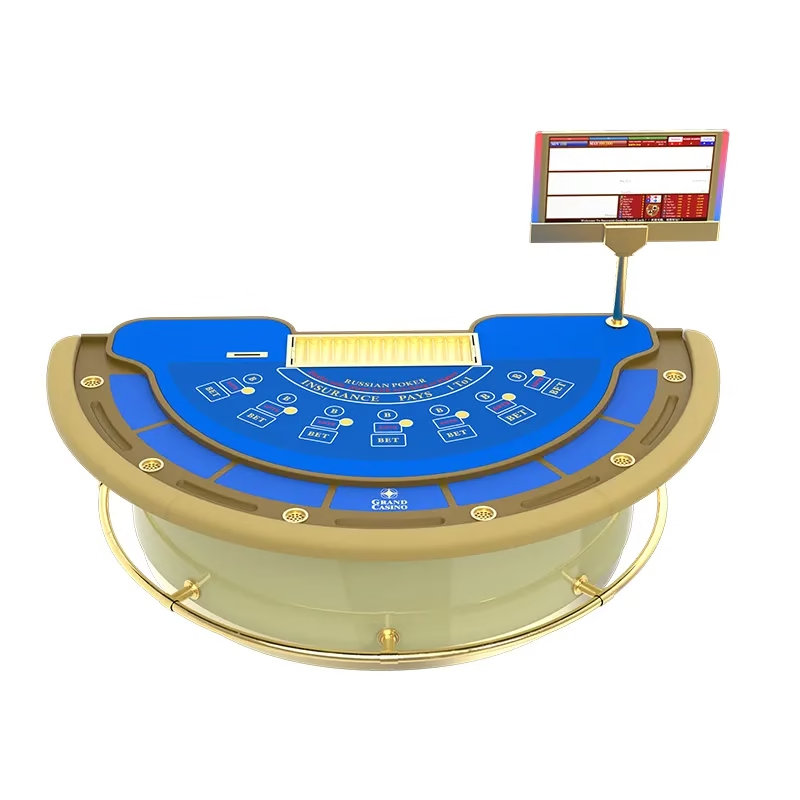In today’s visually-driven world, posters are a powerful tool for communication and marketing. Whether for business promotion, event advertising, or personal use, understanding the intricacies of poster printing can make all the difference in achieving your desired impact. This guide delves into the essentials of poster printing, from design to finishing touches, to help you create striking and effective posters.
Understanding Poster Printing
Poster printing is a process that involves producing large-format prints typically used for promotional purposes, events, or decorative needs. The quality and effectiveness of a poster largely depend on the planning and execution of the printing process.
Choosing the Right Design
Design is a critical element of Poster printing. A well-designed poster captures attention and conveys the intended message dayna effectively. Start by defining the poster’s purpose. Are you promoting a product, an event, or spreading awareness? Your design should align with this purpose.
Visual Appeal: Use high-resolution images and graphics. Blurry or pixelated visuals can detract from the poster’s professional look. Consider using vector graphics for better scalability.
Color Scheme: Choose colors that align with your brand or the event’s theme. Vibrant colors can attract attention, but ensure they complement each other well to avoid visual chaos.
Typography: Select fonts that are readable from a distance. Avoid overly decorative fonts for the main text. Ensure that the font size is large enough for easy readability.
Hierarchy: Organize the information logically. The most important details should be the most prominent. Use headings, subheadings, and bullet points to structure the content effectively.
Selecting the Right Paper
The choice of paper can significantly impact the look and feel of your poster. There are various paper types available, each with its unique properties:
Glossy Paper: Provides a shiny finish that enhances colors and contrasts. Ideal for posters that need to catch the eye and stand out.
Matte Paper: Offers a non-reflective surface, reducing glare. This type is great for posters with a more subdued or classic appearance.
Satin Paper: Falls between glossy and matte, offering a soft sheen without the high shine of glossy paper.
Weight and Thickness: Heavier paper provides a more substantial feel and durability. For most posters, a weight between 170-250 gsm (grams per square meter) is recommended.
Choosing the Right Size
Poster sizes vary depending on their intended use and placement. Common sizes include:
A3 (11.7 x 16.5 inches): Suitable for smaller spaces or indoor settings.
A2 (16.5 x 23.4 inches): A versatile size that works well for a range of purposes.
A1 (23.4 x 33.1 inches): Ideal for larger spaces and more significant visibility.
Custom Sizes: For specific needs, custom sizes can be designed.
Printing Techniques
Understanding different printing techniques can help you choose the best method for your poster.
Digital Printing: Ideal for small to medium runs. It offers quick turnaround times and is cost-effective for short runs. Digital printing is suitable for posters with complex designs and full-color prints.
Offset Printing: Best for larger quantities. It provides high-quality prints with precise color reproduction. However, it involves more setup time and costs for smaller runs.
Screen Printing: Suitable for posters with bold colors and designs. It involves creating screens for each color layer, making it less ideal for complex or full-color designs.
Proofing and Quality Control
Before finalizing the print job, it’s crucial to review a proof. This is a preliminary print to check for color accuracy, design alignment, and any potential errors. Proofing helps catch mistakes before the full run, ensuring that the final product meets your expectations.
Finishing Touches
Finishing touches can enhance the durability and visual appeal of your poster:
Lamination: Adding a laminate coating can protect the poster from wear and tear, moisture, and UV light. It also adds a professional finish.
Mounting: For added durability and display purposes, consider mounting your poster on a rigid backing such as foam board or gator board.
Framing: Framing can provide a polished look and help protect the poster, especially if it’s intended for long-term display.
Cost Considerations
The cost of poster printing can vary based on several factors, including size, paper type, printing technique, and quantity. It’s essential to get quotes from multiple printers and understand what’s included in the pricing. Often, bulk orders can lead to cost savings per unit.
Environmental Impact
If sustainability is a concern, consider eco-friendly paper options and printing processes. Many printers now offer recycled paper and environmentally friendly inks, reducing the ecological footprint of your printing projects.
Conclusion
Poster printing is more than just a means to create large-format prints; it’s about effective communication and visual impact. By understanding the nuances of design, paper choice, printing techniques, and finishing touches, you can produce posters that not only meet but exceed your expectations. Whether for business, events, or personal projects, investing time and effort into the poster printing process will ensure your message is delivered with the utmost impact and professionalism.






